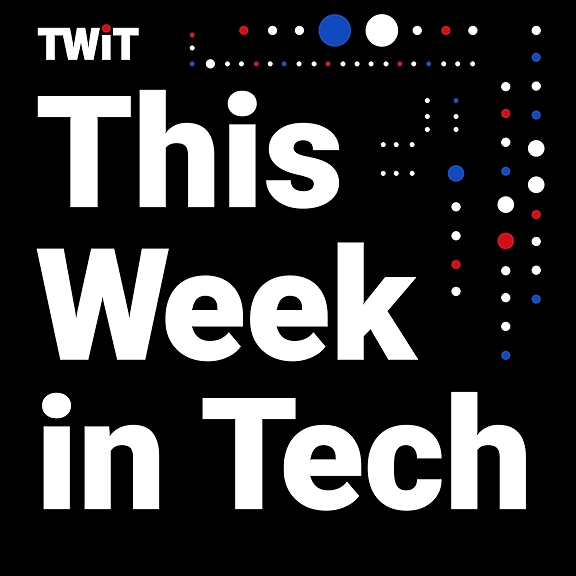
When generative AI became the next big thing in tech, enterprise software giant Oracle bet heavily on a startup to provide it with foundation and large language models rather than scramble to develop its own.
That then-fledgling company was Cohere. Founded in 2019, the generative AI vendor raised $270 million in a Series C round, and its investors included Oracle, Nvidia, Salesforce Ventures, and some private equity firms. In July, Cohere raised another $500 million and reached a market valuation of $5.5 billion.
Cohere's open generative AI technology is now infused in many of Oracle's databases, a fixture among large enterprises. The tech giant has also tapped Cohere's powerful and scalable Control-R model for Oracle's popular vertical market applications, including those for finance, supply chain and human capital management.
But while Oracle has put Cohere at the center of its generative AI and agentic AI strategy, the tech giant is also working closely with Meta.
The social media colossus has gained a foothold in the enterprise AI market with its Llama family of open foundation models. Oracle is customizing Llama for its Oracle Cloud Infrastructure platform, along with Cohere's models.
"We have made a decision to really partner deeply around the foundation models," said Greg Pavlik, executive vice president, AI and data management services at Oracle Cloud Infrastructure, on the Targeting AI podcast from TechTarget Editorial.
"What we're looking for are companies that are experienced with creating high-quality generative AI models," he continued. "But more importantly … companies that are interested in enterprise and specifically business solutions."
Pavlik said Oracle values the open architecture of the models from both Cohere and Meta, which makes it easier for Oracle to customize and fine-tune them for enterprise applications.
"The advantage really of having a deep partnership is that we're able to sit down with the foundation model providers and look at the evolution of the models themselves, because they're not really static," he said. "A company will create a model and then they'll continually retrain it.
"We see our role as to come in and proxy for the enterprise user, proxy for a number of verticals," Pavlik continued. "And then try to move the state of the art in the technology base closer and closer to the kinds of patterns and the kinds of scenarios that are important for enterprise users."
Oracle also uses generative AI technology from other vendors and enables its customers to use other third-party models, he noted.
Shaun Sutner is senior news director for TechTarget Editorial's information management team, driving coverage of artificial intelligence, analytics and data management technologies. Esther Ajao is a TechTarget Editorial news writer and podcast host covering AI software and systems. Together, they host the Targeting AI podcast.




















